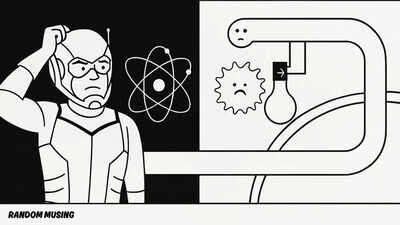
Ant-Man and the Wasp: Quantumania was supposed to mark the dawn of a new era for the Marvel Cinematic Universe — the first film of Phase 5, a grand attempt to recapture the magic that ended when Robert Downey Jr’s Iron Man signed off by dying rather than carry a dead franchise on his shoulders.And it certainly became an albatross around Marvel’s neck, as the movie that was supposed to set up Kang as the new boss villain of the MCU had to shelve the idea after it turned out Jonathan Majors (the actor playing Kang) was too bad in the real world — and too problematic even for Hollywood.And yet, for all the CGI cities and probability storms, Quantumania got one thing accidentally right: the world is in an age of real quantumania. Only, it’s not happening in a green-screen studio; it’s happening in laboratories cold enough for White Walkers to torment the Night’s Watch.Which brings us to this year’s Nobel Prize in Physics, awarded to John Clarke, Michel Devoret, and John Martinis “for the discovery of macroscopic quantum mechanical tunnelling and energy quantisation in an electric circuit.” Which goes to show that even if we buy Noam Chomsky’s concept of universal grammar, words don’t always make immediate sense.Now, if you avoided physics like the plague in school or college, here’s a simple explanation of this year’s Nobel Prize — one that’ll make you feel like Einstein even if you have the IQ of Jon Snow.The 2025 Nobel Prize in Physics was handed out to people for pulling off what Marvel writers only pretend to understand: showing that quantum weirdness isn’t confined to subatomic particles. They built real-world circuits that behave like quantum beings — tunnelling through barriers, jumping between energy levels, and proving that Schrödinger’s cat may not be alive or dead, but quantum physics is alive and kicking.
Classical vs Quantum
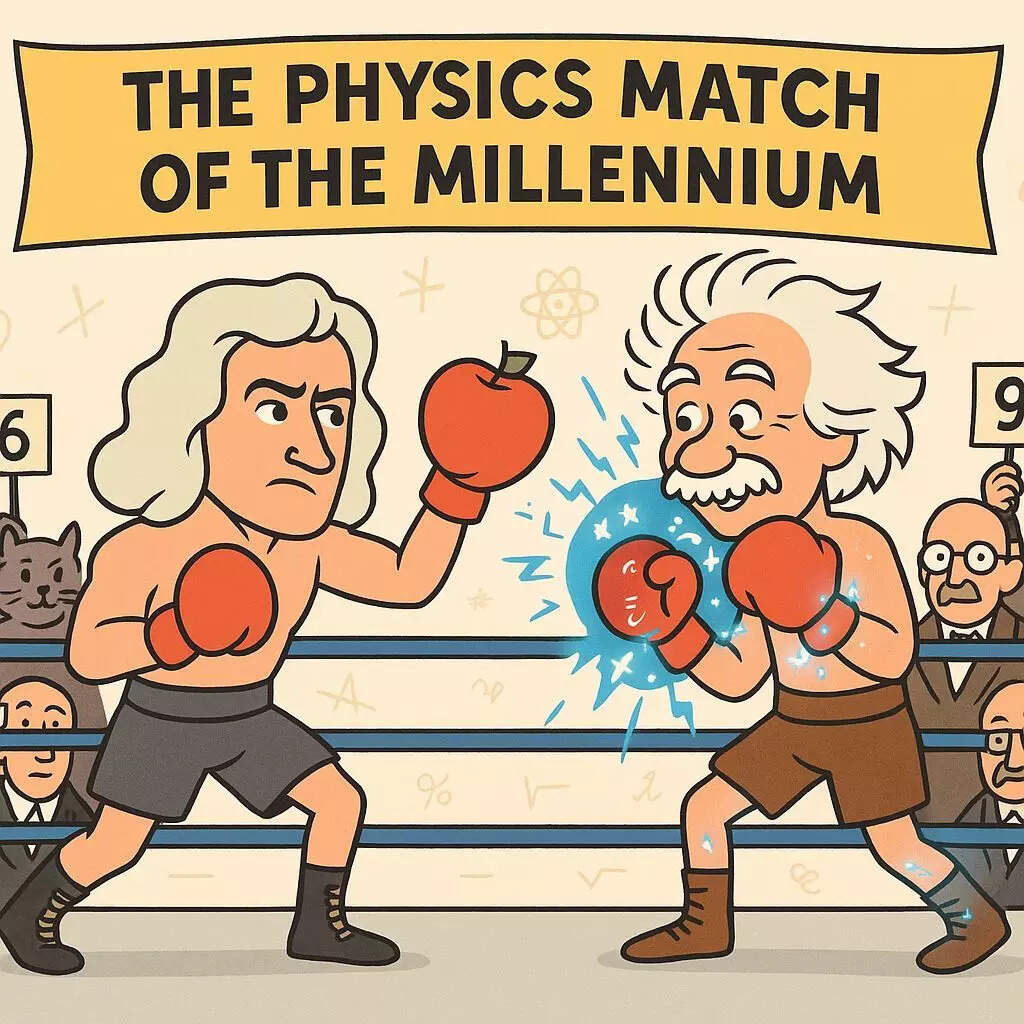
Think of it as the moment the universe switched from logic to hard rock. Classical physics — Newton’s world — is predictable. Drop a ball, it falls. Fire a rocket, it arcs. Everything behaves neatly, like a spreadsheet following formulas.Quantum mechanics, on the other hand, is the science of when reality stops caring about your expectations. Zoom in far enough and matter doesn’t move smoothly — it jitters, flickers, and exists in probabilities. Electrons don’t travel; they teleport.
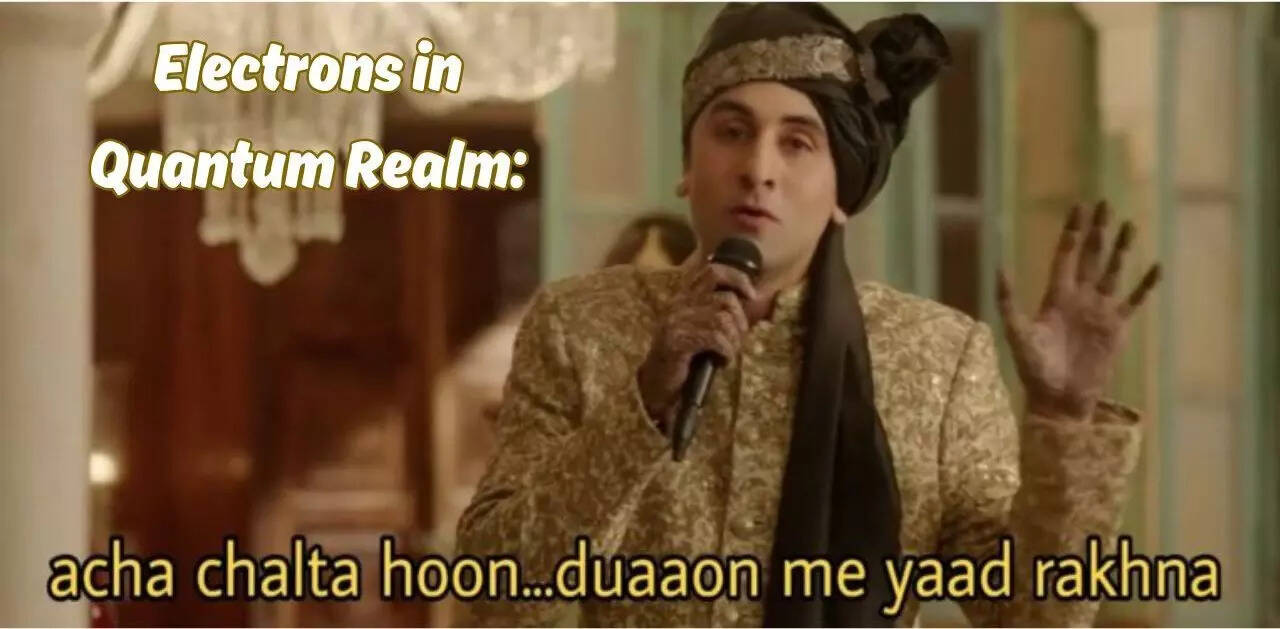
They don’t have fixed locations; they’re smudges of possibility until you look at them — and the very act of looking changes what they do.And that’s precisely why most people — including Marvel writers — get quantum mechanics wrong. We try to understand it using words and metaphors designed for the macroscopic world. When we say “wave” or “particle,” we’re already lost, because those words belong to billiard balls and water ripples, not to the quantum realm. As Indian theoretical physicist Professor V. Balakrishnan once explained, the failure isn’t in physics — it’s in language. We’re trying to describe an alien universe using a dictionary written for human experience.In other words, English collapses where quantum physics begins. What’s a “particle” that also behaves like a “wave”? What’s “real” if it changes when we observe it? These aren’t paradoxes of science — they’re paradoxes of grammar.In classical physics, certainty reigns. In quantum mechanics, uncertainty is law. You can know where a particle is or how fast it’s moving — never both. Particles can be linked across vast distances, communicating instantly like cosmic Wi-Fi or long-lost ghosts — what Einstein called “spooky action at a distance.”And this year’s Nobel winners built that world inside a circuit, proving that quantum strangeness isn’t confined to atoms — it’s waiting, quietly, in the wires beneath your fingertips.
Quantum Tunnelling: The Universe’s Cheat Code
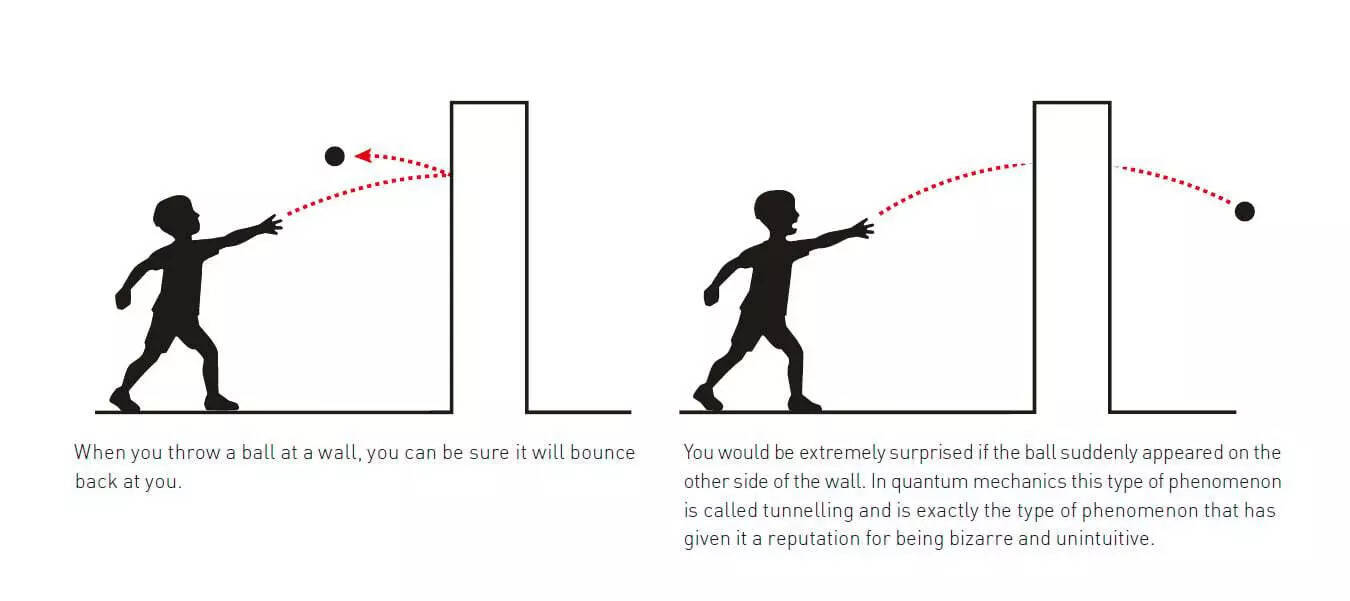
Imagine throwing a ball at a wall. In our normal world, it’ll bounce back every single time. In the quantum world, however, a particle can sometimes ghost through that wall and appear on the other side — no hole, no crack, no explosion, just statistical sorcery.This happens because, unlike us, particles don’t have strict addresses; they live as probability clouds. They don’t ask “where am I?” — they ask “what are the odds I’m here or there?” Like your Goa plans with friends. Sometimes the odds favour rebellion, and the particle pops out on the far side of a barrier it “shouldn’t” cross.For decades, tunnelling was something you could only see in atoms or nuclei — in the tiniest of systems. Clarke, Devoret, and Martinis changed that. In the mid-1980s, they built a circuit made of two superconductors separated by a whisper-thin insulating layer called a Josephson junction — a quantum tunnel between two superconductors, a place where electricity literally defies logic and flows through an insulator because the universe allows it to, like Ant-Man walking through walls.At temperatures near absolute zero, billions of electrons in that circuit paired up into what are known as Cooper pairs (not to be confused with the pair Penny once asked Sheldon Cooper to strap on) — electrons that move in perfect synchrony, like a ballet troupe of subatomic dancers. All those pairs act as a single quantum system described by one shared “wave function.”
When they pushed a small current through the junction, something miraculous happened. The current didn’t just stay trapped like a polite, classical current — it occasionally tunnelled through an energy barrier, flipping its internal “switch” from off to on. A voltage suddenly appeared where there shouldn’t be one.That was macroscopic quantum tunnelling — a man-made circuit, big enough to hold, behaving like a single quantum particle. Ant-Man travels through solid matter using Pym particles. Clarke’s electrons did it with maths.
Quantised Energy: The Staircase of Reality
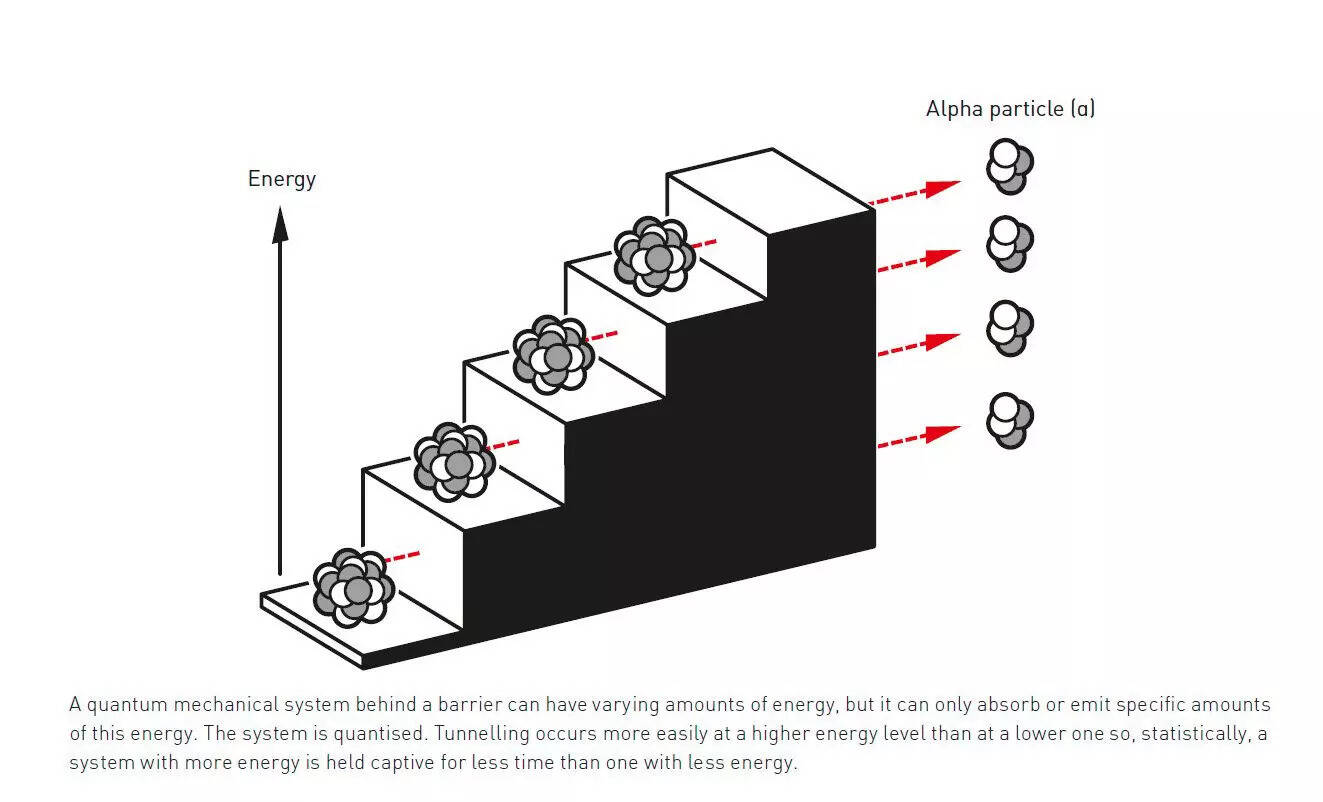
The second discovery — energy quantisation — is what makes quantum physics, well, quantum.In everyday life, energy feels smooth: a fan regulator, a volume knob, a continuous range. In the quantum world, energy comes in discrete chunks. An atom can only jump between specific levels — like climbing a staircase where only the steps exist, not the spaces between them.Clarke and his team found that their circuit followed the same rule. When they beamed microwaves at it, the system only absorbed energy at specific frequencies. Miss the right note, and nothing happened. Hit it, and the system “jumped” to the next energy level.They’d built an artificial atom — one not found in nature, but constructed from superconducting metal and silicon. And it behaved exactly like a real atom, down to the quantised jumps and energy emissions predicted by quantum theory.Even better, when the circuit was in a higher energy state, it tunnelled through its barrier faster — precisely what quantum theory said it should do.
Building the Fridge Where Schrödinger’s Cat Lives
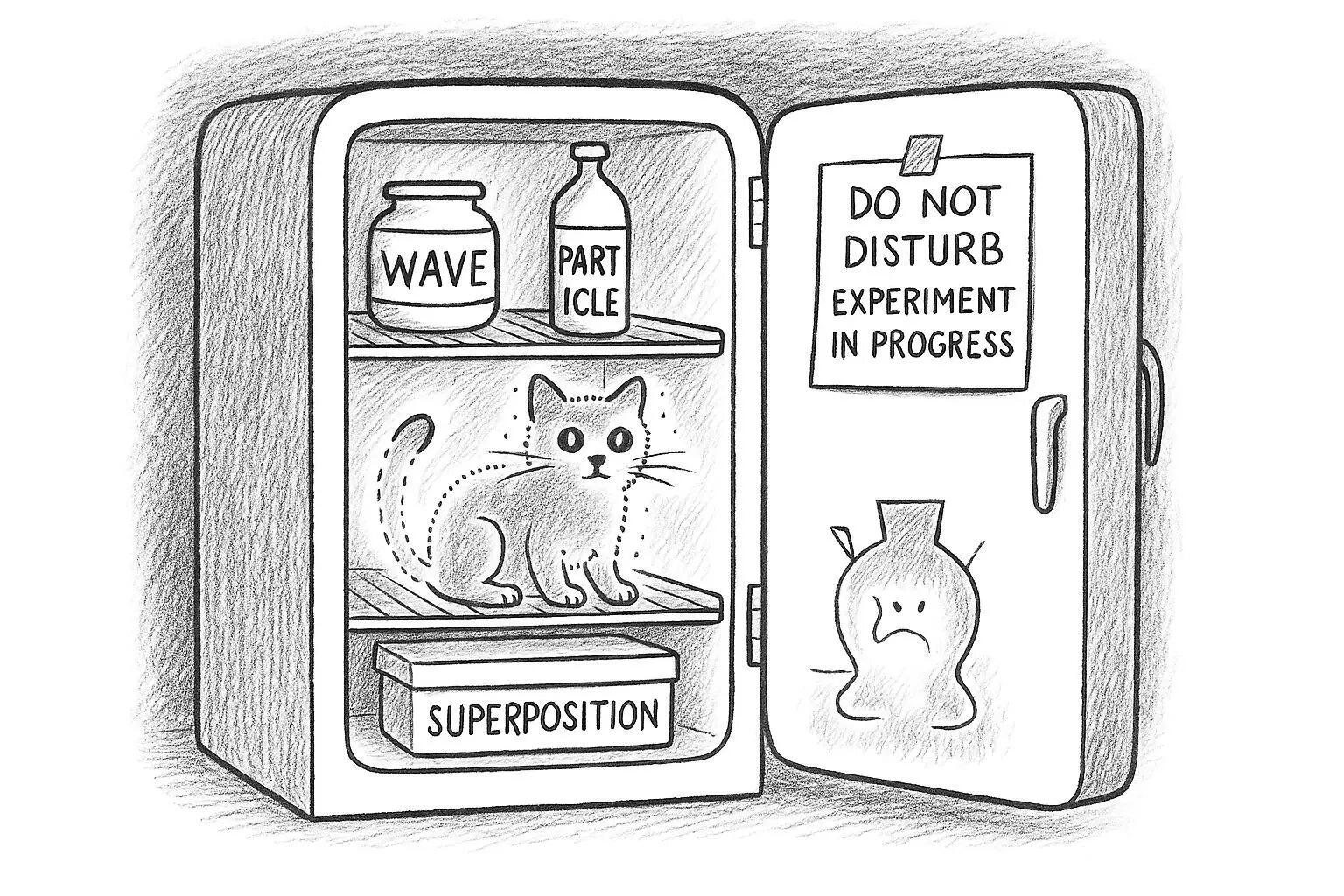
To pull this off, you can’t just tinker on a workbench. These experiments were done at temperatures colder than outer space because heat makes quantum coherence collapse faster than a Marvel script rewrite.The physicists shielded the setup from every stray vibration, radio signal, and flicker of electromagnetic noise. One careless breath, and the quantum state would vanish. Yet somehow, they kept it stable long enough to measure — and make history.Anthony Leggett, who himself won a Nobel in 2003, later compared their system to a mini version of Schrödinger’s cat — a macroscopic object existing in two quantum states at once. Not an actual cat, mind you, but a cat-sized wave function spread across billions of electrons — like Ant-Man.In short, they made the weirdness of the microscopic world visible on a macroscopic scale — a bridge between the quantum and the everyday.From Quantumania to Quantum ComputingIf this sounds abstract, here’s the practical punchline: Clarke, Devoret, and Martinis built the blueprint for today’s quantum computers.Those quantised energy levels became the first qubits — quantum bits that can be “0,” “1,” or both at once. Martinis later led the Google team that achieved “quantum supremacy,” solving a problem a supercomputer couldn’t touch.Their 1980s discovery is now the beating heart of every superconducting quantum processor — much like Black Sabbath discovering the key to metal. The same tunnelling and energy quantisation that won them the Nobel are what make quantum circuits compute in ways classical machines can’t.In other words, while Quantumania imagined infinite realities, these scientists built the technology that could actually simulate them.
The Real Multiverse (and the Doom of Classical Physics)
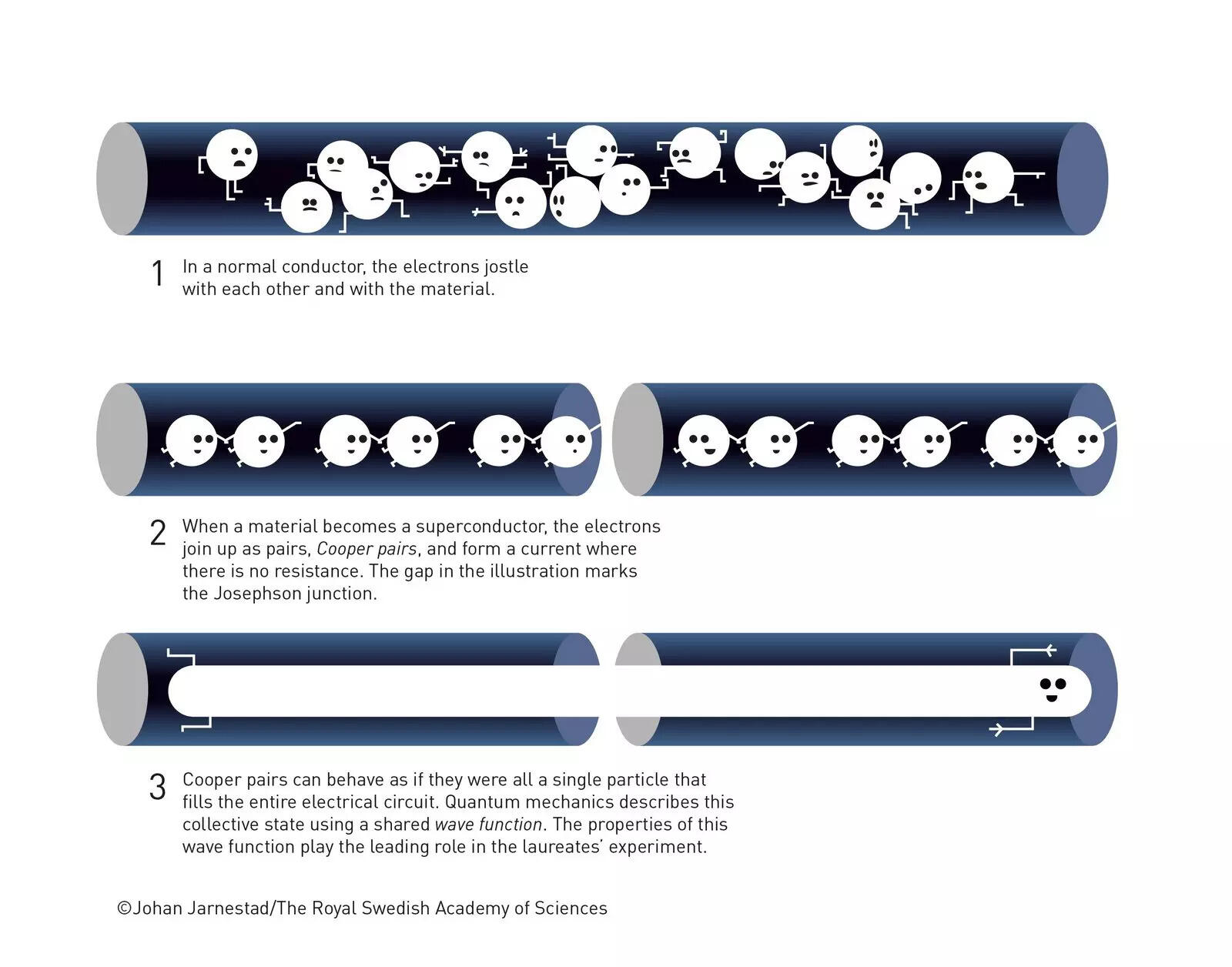
The true beauty of this Nobel is how it redefines scale. For a century, we’ve believed quantum rules only apply to the microscopic — to things too small to touch. Clarke, Devoret, and Martinis proved the line between “tiny” and “tangible” is blurrier than we thought.The hardest part of understanding quantum physics isn’t the math — it’s the meaning. Because our minds are wired for certainty, not probability. We want particles to stay put, cats to be alive or dead, and villains to stay in one timeline. But the quantum world, much like Vedanta, laughs at such binaries. It tells us the truth isn’t one or the other — it’s both, and neither.Their superconducting chip is what physicists now call an artificial atom with cables and sockets. It can be wired, tuned, and controlled — a bridge between the abstract and the engineered, between nature’s math and human hands.So yes, Ant-Man might shrink into quantum space, but these physicists did something harder: they brought the quantum world up to our size.It’s poetic that as Robert Downey Jr. prepares to play Doctor Doom, the real villains of the classical world — certainty, continuity, predictability — just met their match in Stockholm.
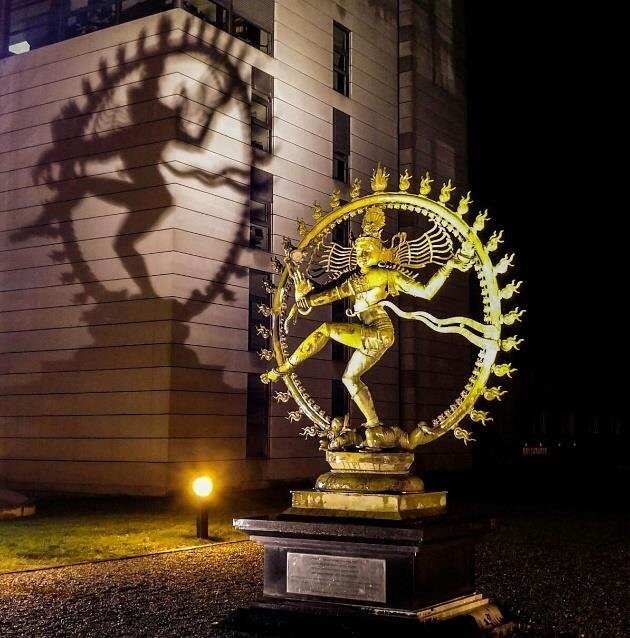
The quantum realm isn’t about heroes or villains. It’s about contradictions that work — things that can tunnel through walls, jump in steps, and act as one while being many. Clarke, Devoret, and Martinis didn’t find the multiverse; they proved that our single universe is already stranger than any Marvel crossover.And if Iron Man ever does build a quantum suit, it’ll probably start with the same principle these physicists discovered: that reality, when cold enough, starts to dance. Because even physics loves the cosmic chaos. Which is why, outside CERN’s Large Hadron Collider, a bronze Lord Shiva keeps dancing — a silent reminder that when equations freeze, the universe still moves.

